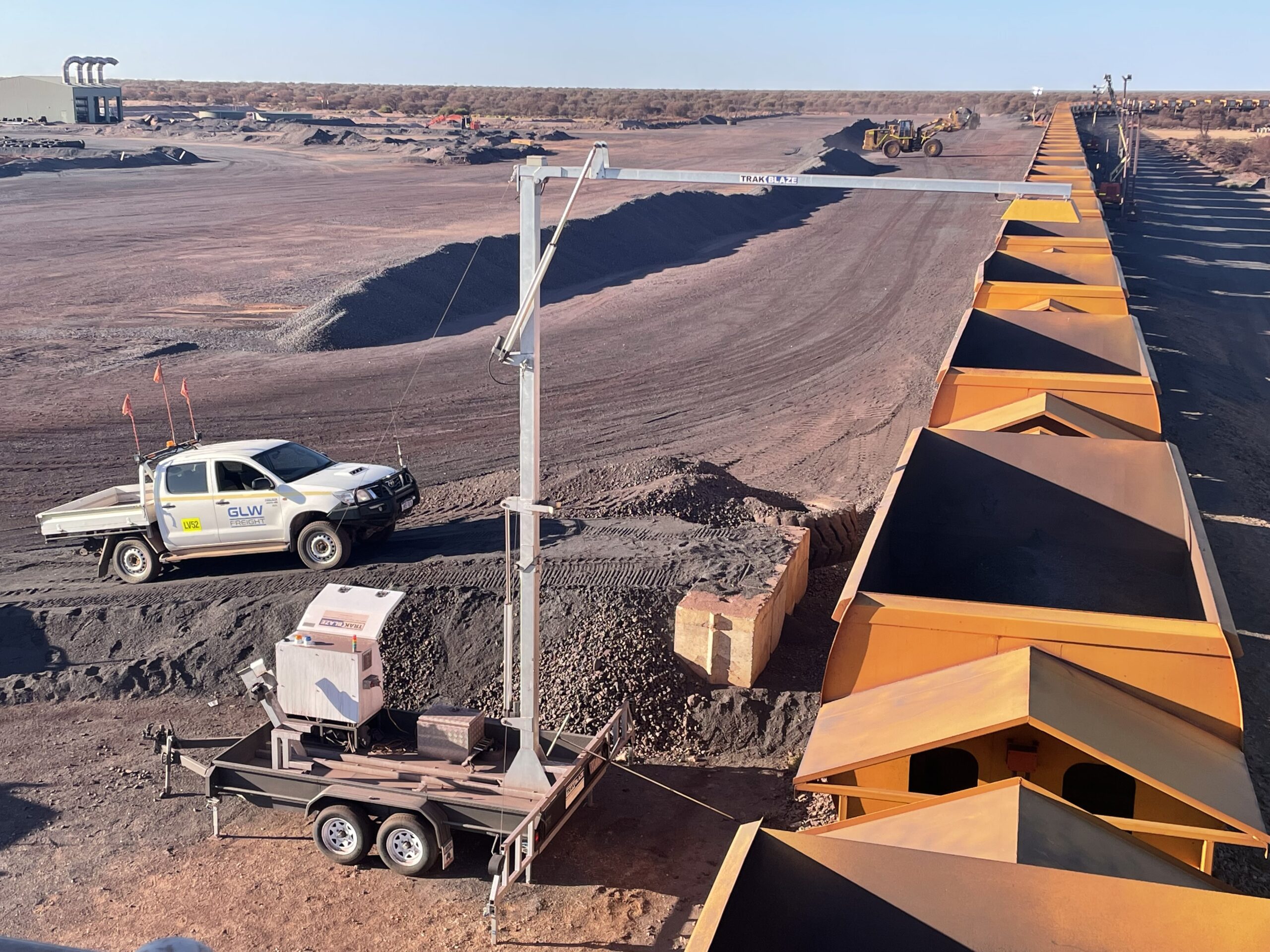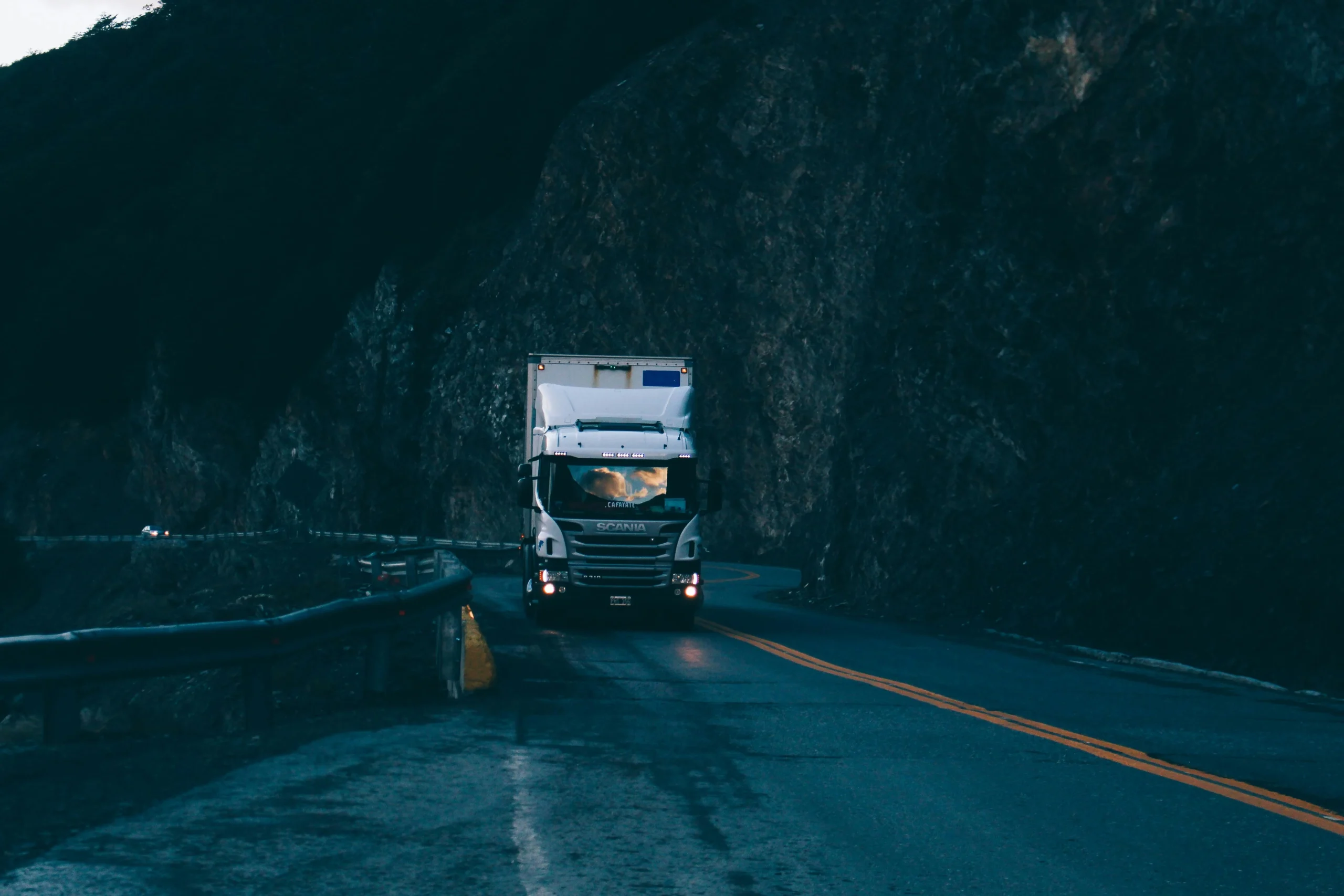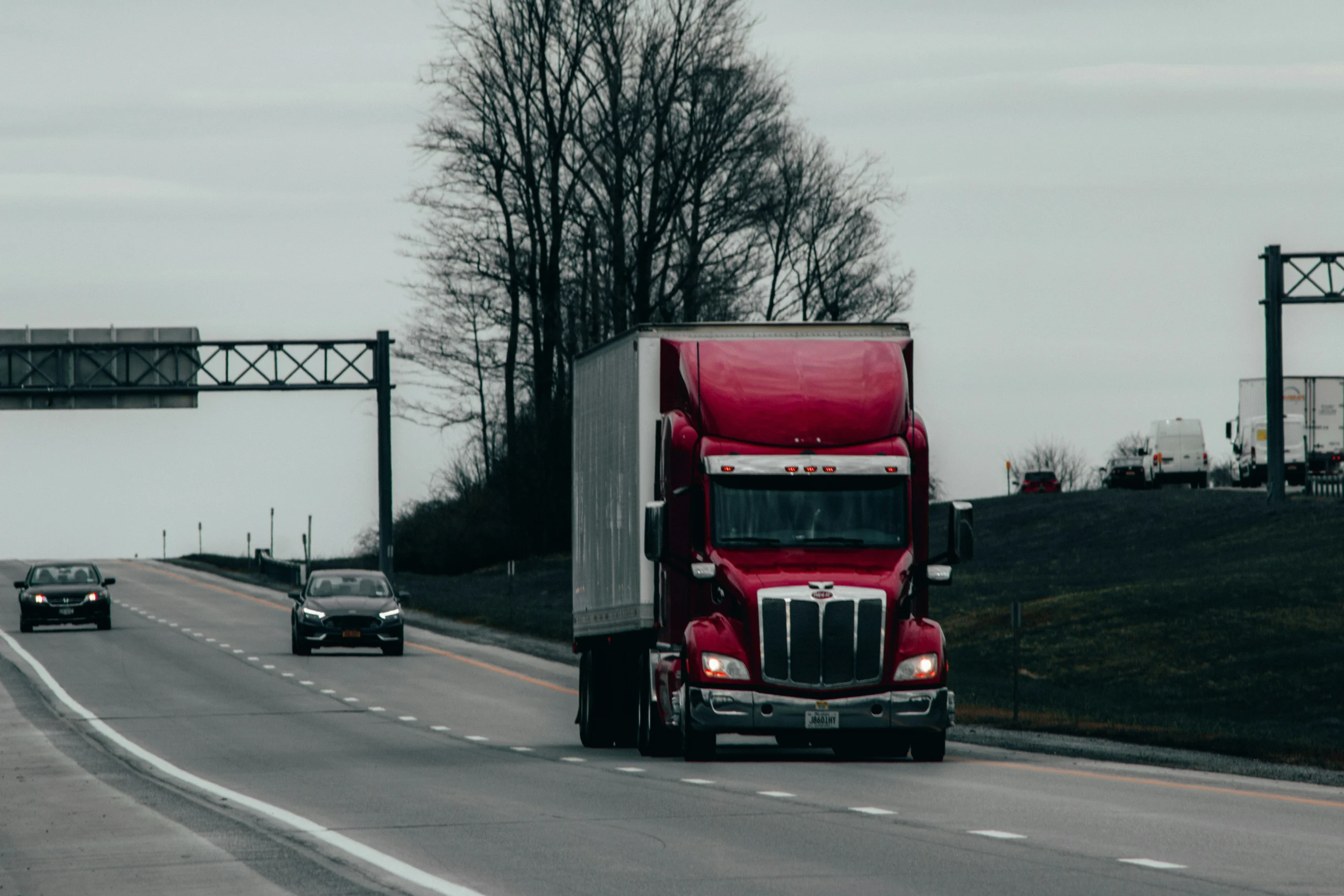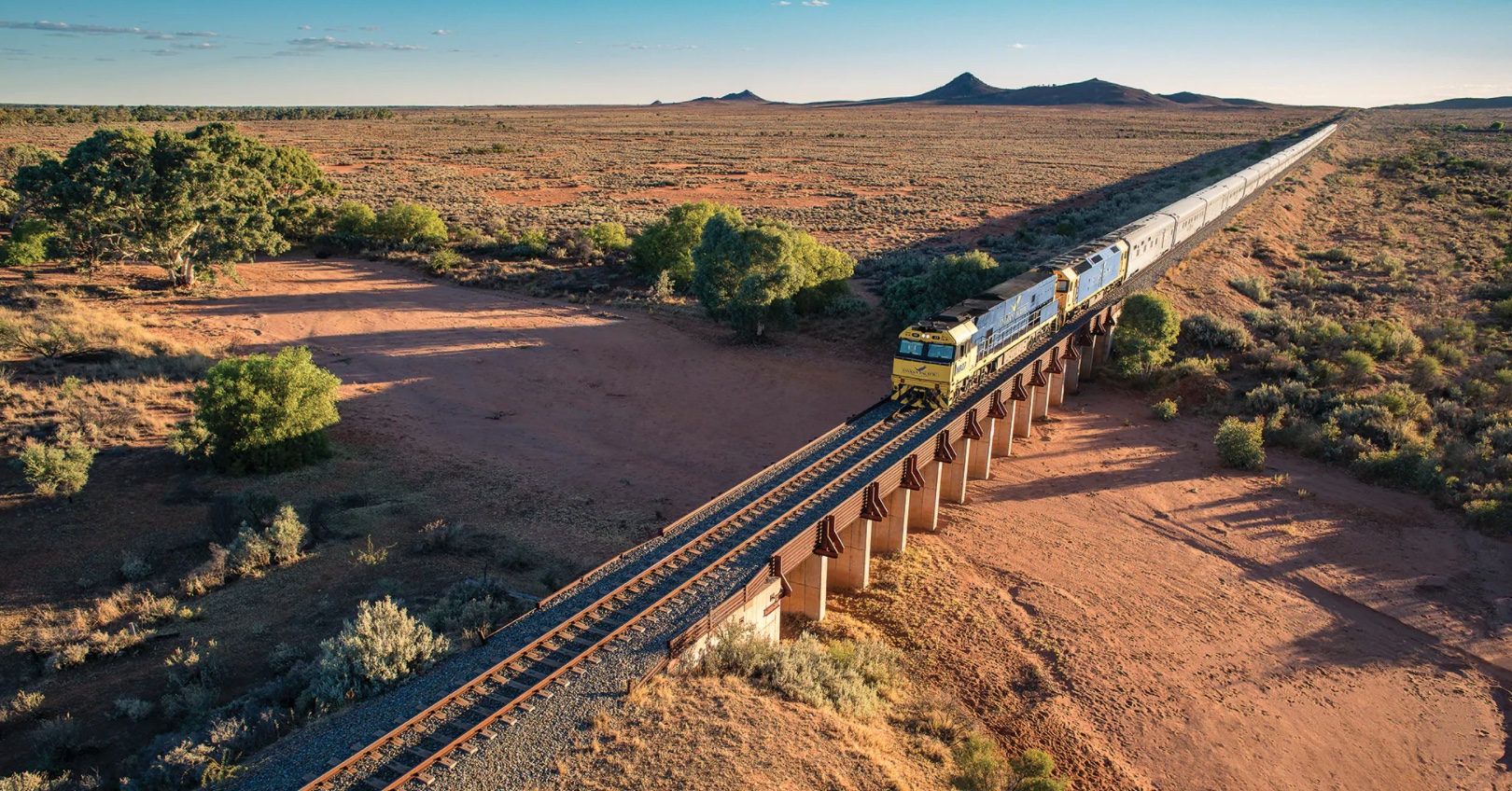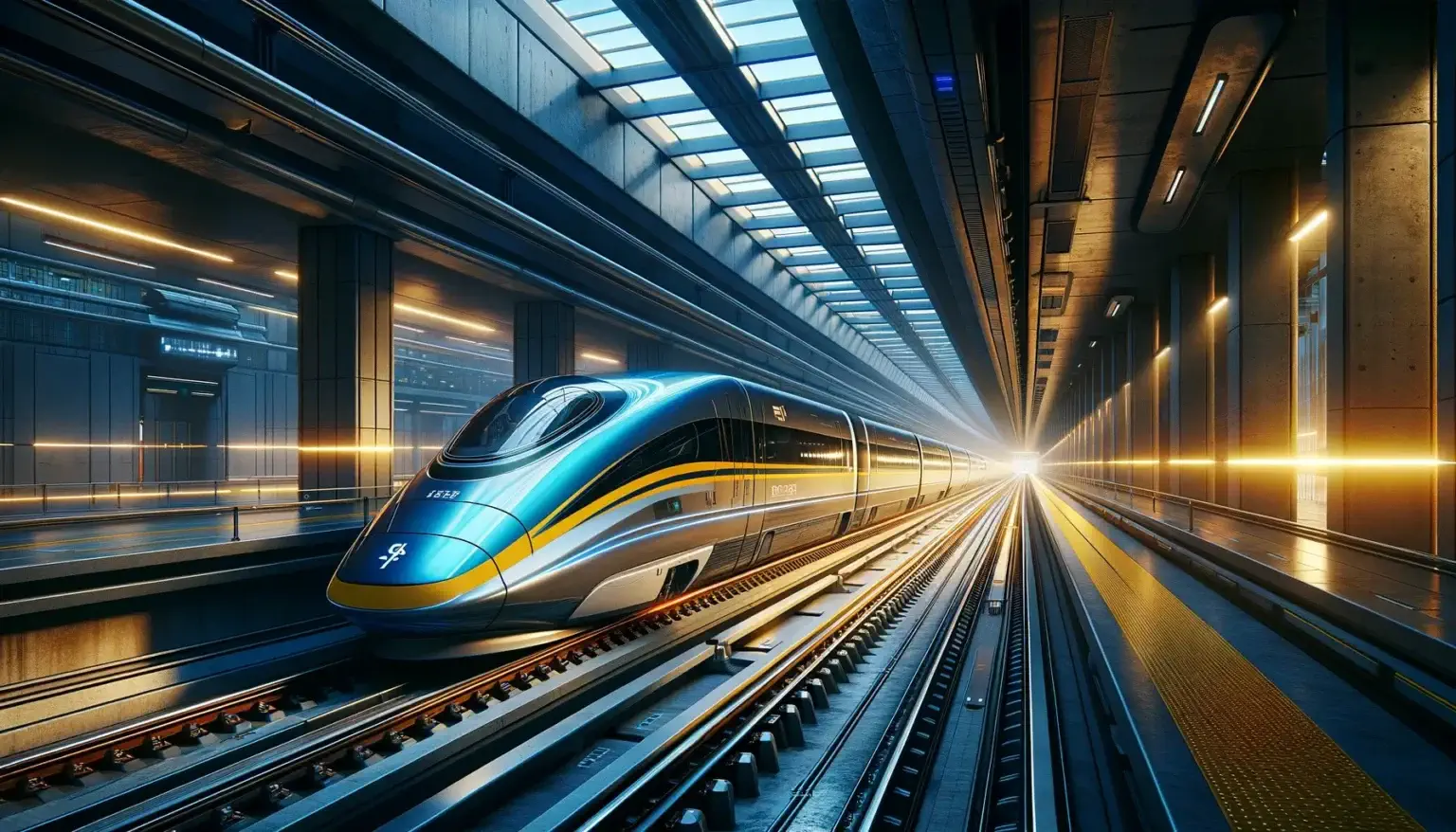At a glance
- Explore Trakblaze’s advanced volumetric scanning technology for enhanced efficiency and safety in rail, mining, and mobile operations.
- Learn about the Rail Volumetric Scanner (RVS) for precise rail cargo measurement and the Truck Volumetric Scanner (TVS) for accurate mining load measurement.
- Discover the versatile Mobile Volumetric Scanner (MVS) and gain insights to make informed decisions for your business needs.
Volumetric scanning represents a relatively new weight measurement technology and provides improved efficiencies for applications across a broad range of industries. Technology like this enables industrial, mining and construction processes to manage payloads more effectively.
Volumetric Scanning systems use 3D imaging software to measure bulk materials that have been loaded into trucks and rail wagons. While a vehicle passes slowly beneath the scan head, the system can automatically scan the load, record the results, and send them directly to an operator.
Volumetric scanning has set the industry standard, and its implementation will transform how your construction, mining or industrial applications handle payloads. Volumetric scanning technologies have emerged as game-changers, offering unparalleled accuracy in measuring bulk materials‘ volumes.
Yet, the question remains: how does one choose the right volumetric scanner that aligns perfectly with their business needs?
Choosing the Right Volumetric Scanner for Your Needs
Selecting the appropriate volumetric scanner involves a nuanced understanding of your specific industry requirements, the nature of the materials being measured, and the operational environment. Here are some ideas and tips to guide you in making an informed decision:
Purpose and Application
Assess the Material Type
Different scanners are optimised for various material types, from bulk solids in mining to mixed cargo in rail transport.
Consider the Environment
The scanner’s ability to perform under your operational conditions—be it in a mine, on rail tracks, or under variable weather conditions—is crucial.
Evaluate Integration Capabilities
The ease with which the scanner integrates into your existing systems can affect implementation time and cost.
Analyse the Data Output
Ensure the scanner provides data in a format that is compatible with your management systems for seamless process integration.
Future-proof Your Investment
Look for scalable solutions that can adapt to future needs, whether it involves increased capacity or enhanced functionalities.
Volumetric scanners provide reliable accuracy and performance in almost any weather or working conditions. Scanning is not affected by variables like moisture content, compaction or uneven loads. Trakblaze’s volumetric load scanning systems contain many time-saving features, such as touchscreen operation and cloud data sharing.
The Spectrum of Volumetric Scanners Available
Trakblaze provides a mobile volumetric scanner (MVS), which combines the volumetric scanning features of both a rail volumetric scanner (RVS) and a mining truck volumetric scanner (TVS), but with the versatility of being moveable to any desired location.
Rail Volumetric Scanner (RVS)
Tailored to meet the dynamic needs of the rail industry, the RVS is engineered to deliver unparalleled accuracy and speed in measuring the volume of cargo in all open-top rail wagons. This section delves deeper into the functionality, benefits, and application of the RVS.
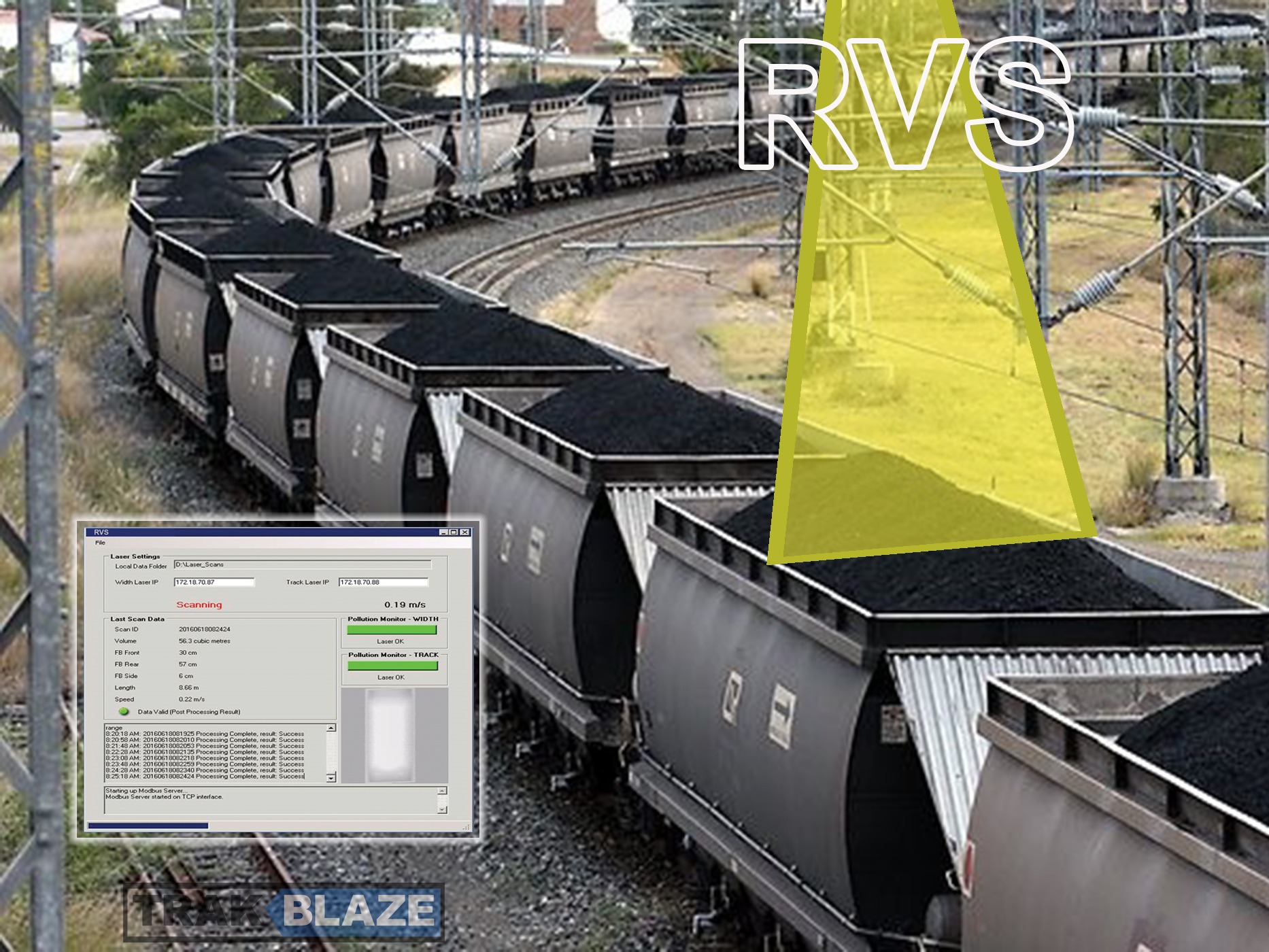
Key Features and Benefits
The RVS system embodies precision and reliability. It offers a suite of features that address the core needs of rail freight operations. Its primary function is to quickly and accurately measure the volume of cargo loaded into open-top rail wagons. Here’s how the RVS sets itself apart:
Advanced Scanning Technology
At the heart of the RVS is cutting-edge scanning technology that captures the dimensions of cargo within the rail wagons without any physical contact. This ensures that cargo measurement is not only accurate but also significantly reduces the risk of damage to the cargo or the scanner itself.
Real-Time Data Acquisition
The system allows operators to capture critical metrics in real-time directly from the scanning lasers. This immediate access to data streamlines operations, enabling quick decisions that can optimise cargo loading and distribution across the train.
Customised Algorithm for Precise Measurement
Trakblaze has developed a customised algorithm that processes the data captured by the scanning lasers to provide precise load volume information and train measurement parameters. Trakblaze has developed a customised algorithm. This algorithm processes the data captured by scanning lasers.
The goal is to provide precise load volume information. Additionally, the algorithm determines train measurement parameters.
Enhanced Operational Efficiency
The ability to quickly and accurately measure cargo volumes means that trains spend less time stationary during loading and unloading. This not only improves the turnaround times but also enhances the overall throughput of the rail logistics operation.
Improved Safety and Compliance
With the RVS, the need for manual measurement is significantly reduced, minimising the risk of injuries to personnel. Additionally, accurate volume measurements ensure that trains are not overloaded. In turn, adhering to safety and regulatory compliance.
Application and Ideal Use Cases
The RVS is an essential tool for rail operators who manage the transportation of bulk materials, such as coal, minerals, and agricultural products, in open-top wagons. Its precision and efficiency make it particularly suitable for operations where:
- Cargo volumes directly impact billing and contract compliance.
- There is a need for quick loading and unloading to meet tight transportation schedules.
- Accurate data on cargo volumes is critical for optimising load distribution and preventing overloading.
Trakblaze’s Rail Volumetric Scanner (RVS) revolutionises rail cargo management. The advanced technology, real-time data acquisition, and customised algorithms enable quick, accurate, and safe cargo volume measurement. This enhances operational efficiency, safety, and competitiveness in rail logistics.
The RVS is indispensable for compliance, billing, and operational optimisation, making cargo volume measurement a catalyst for operational excellence in modern rail operations.
Truck Volumetric Scanner (TVS)
Trakblaze’s Truck Volumetric Scanner (TVS) represents a pivotal advancement in the mining industry. It offers an efficient and accurate solution for measuring bulk loads carried in haul trucks of all sizes, from smaller underground trucks to the largest Ultra Trucks. This section delves into the specifics of the TVS, underscoring its operational principles, key features, and the benefits it brings to mining operations.
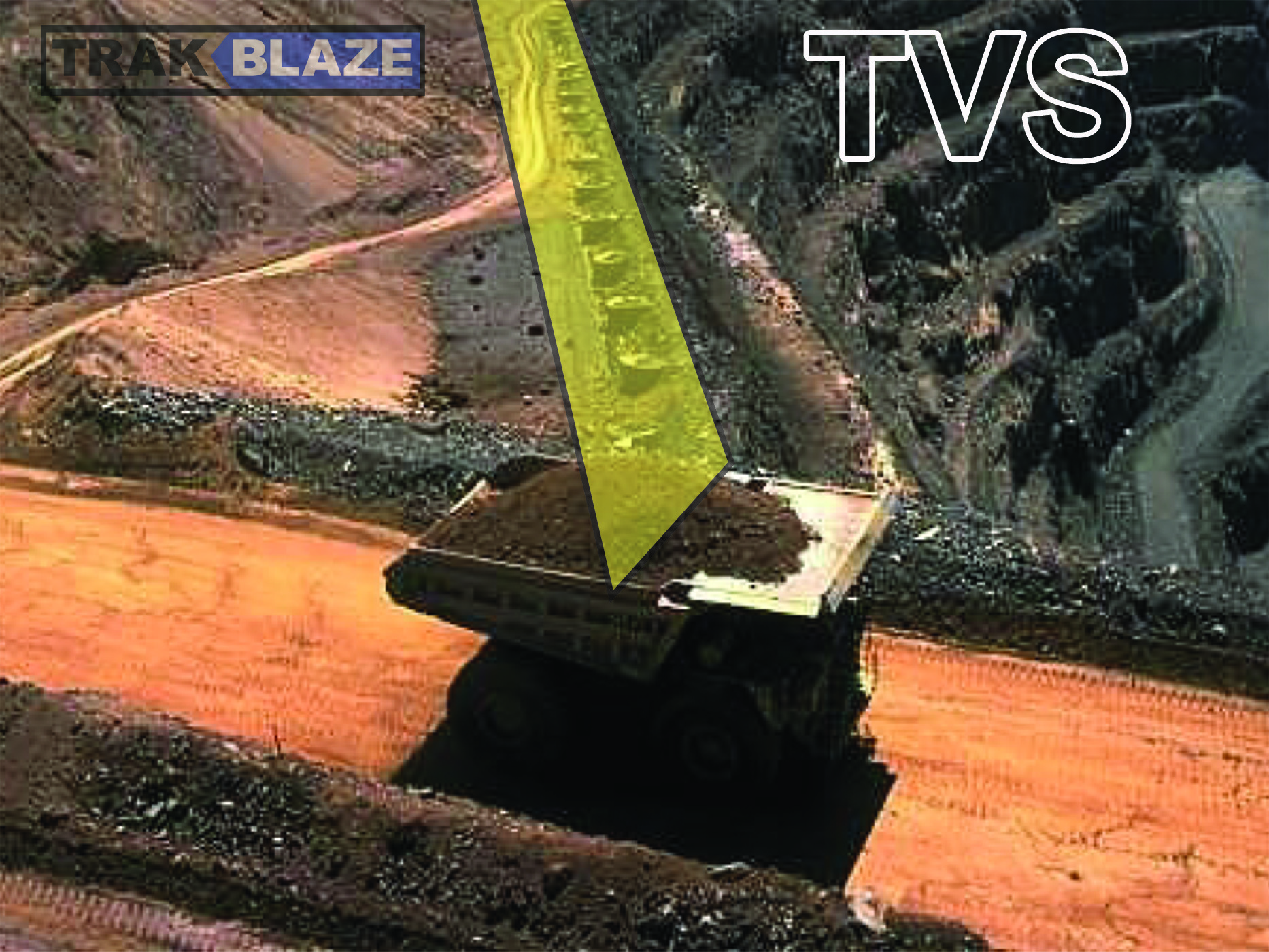
Operational Principles of the TVS
The TVS system operates on a straightforward yet ingenious principle. Mining dump trucks are required to drive slowly under an elevated scan head. This scan head is the core of the TVS system, strategically positioned to encompass the entire area below it within its field of view.
As a dump truck crosses this critical area, the scan head springs into action, taking thousands of distance measurements per second. This high-frequency measurement capability ensures that every contour and curve of the load carried by the truck is accurately captured.
Key Features of the TVS
Non-Contact Measurement
The TVS system’s non-contact nature ensures that the measurement process is not only safe but also free from any potential damage to the trucks or the cargo.
High-Resolution Data
With the ability to take thousands of distance measurements per second, the TVS provides high-resolution data, allowing for detailed volume analysis of the bulk loads.
Versatility Across Truck Sizes
Designed to accommodate a wide range of haul truck sizes, the TVS system is versatile, catering to the diverse fleet of vehicles found in mining operations.
Real-Time Monitoring
The instant acquisition of data from the integrated Laser scan head enables real-time monitoring of payloads, facilitating immediate adjustments and optimisations.
Benefits to Mining Operations
The implementation of the TVS system within mining operations heralds several significant benefits:
Enhanced Accuracy
The precision of the TVS system in measuring bulk loads translates into more accurate billing, inventory management, and compliance with hauling contracts.
Operational Efficiency
By enabling trucks to be scanned while in motion, the TVS system minimises downtime, thereby boosting operational efficiency.
Safety Improvements
The non-contact nature of the system reduces the need for manual interventions, enhancing safety for personnel involved in load measurement tasks.
Data-Driven Decisions
The real-time data provided by the TVS system empowers operators to make informed decisions on the fly, optimising load distribution and overall haulage operations.
Trakblaze’s TVS system is a crucial technological advancement in mining, ensuring accurate, efficient, and safe measurement of bulk loads in haul trucks. Its innovative approach, capturing thousands of distance measurements per second, enables precise volume data.
This drives improvements in billing accuracy, operational efficiency, and safety, making load measurement a facilitator of enhanced productivity and profitability in mining operations.
Mobile Volumetric Scanner (MVS)
The Mobile Volumetric Scanner (MVS) by Trakblaze stands as a testament to the fusion of innovative engineering and precise measurement technologies. This sophisticated system is designed to measure the volume of bulk materials transported by various vehicles, offering a blend of accuracy, efficiency, and adaptability.
Operational Features of the MVS
Central to the MVS’s design is its trailer, which features a two-stage lifting boom. This critical component ensures that the scanner achieves the optimal height for scanning each individual vehicle, regardless of its size. The system’s functionality is enhanced by the inclusion of outrigger legs, stability guy ropes, and lock-out positions.
These features ensure that the scanner head remains stable and secure when fully erected. As vehicles pass slowly beneath the scan head, the MVS captures comprehensive volumetric data with precision.
Key Features of the MVS
Adaptive Scanning Height
The two-stage lifting boom adjusts to accommodate the height of different vehicles, ensuring optimal scanning results.
Stability Features
Outrigger legs, stability guy ropes, and lock-out positions guarantee the scanner’s stability during operation, even in challenging environments.
Real-Time Data Processing
As vehicles move under the scan head, the MVS processes and displays the volumetric data immediately, allowing for on-the-spot analysis.
Memory Storage
All data derived from each scan is promptly stored in the controller’s memory, facilitating easy access and review of historical scanning data.
Benefits to Mining Operations
The deployment of the MVS within mining environments yields numerous advantages, enhancing both operational efficiency and data reliability:
Enhanced Measurement Accuracy
The precision of the MVS in capturing volumetric data translates into more accurate tracking of materials, contributing to improved inventory management and billing processes.
Operational Flexibility
With its adaptive scanning height and stable design, the MVS can easily accommodate a wide range of vehicles, making it a versatile tool for various mining operations.
Immediate Data Availability
The ability to view and analyse scanning data in real-time allows operators to make informed decisions quickly, enhancing the overall workflow and productivity.
Historical Data Access
The storage of scan data in the controller’s memory enables operators to track trends over time, assess operational efficiencies, and make data-driven adjustments to mining processes.
However, the question remains how do I know which product suits my business best?
Multiple factors influence the answer. Both RVS and TVS are designed to support onsite tasks and permanently mounted in a specific site location; thus, they are purchased according to the requirements and needs of the worksite.
The MVS is ideal for short-term installations for and is totally versatile, but the cost of the trailer and some limitations on the height and reach of the scan head, can mean a permanent solution is more desirable.
After reading the above article, you may have gained sufficient knowledge of these different types of scanners and their functions, enabling you to decide which will be the most useful to your business. That said, if you still require any additional information of clarifications, Trakblaze are industry leaders and are ready to answer any of your questions.
